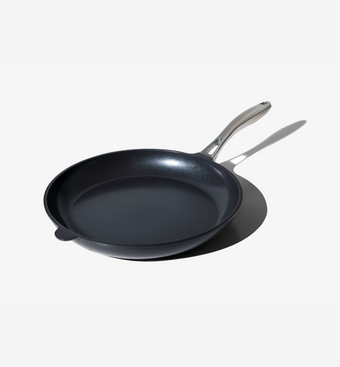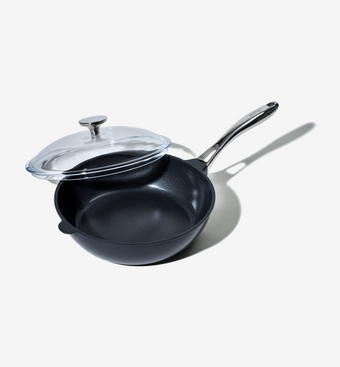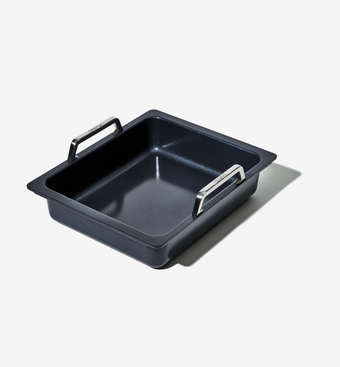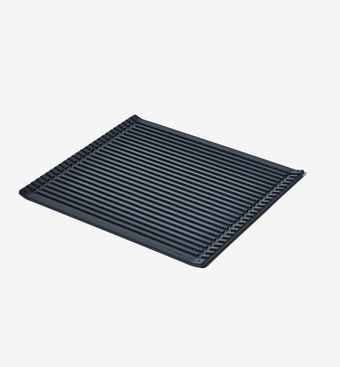

What is PFAS?
Do you season your food with PFAS?
Seasoning food with harmful chemicals might sound crazy, but it happens when we use scratched, burnt, or old frying pans containing PFAS. PFAS, or per- and polyfluoroalkyl substances, are harmful man-made chemicals used in various products since the 1940s, including non-stick cookware, water-repellent clothing, stain-resistant fabrics, and firefighting foams. These chemicals affect nature, animals, and human health. Every OnePan product is proudly PFAS-free. Keep reading to find out more.
7 facts you might not know about PFAS
Per- and polyfluoroalkyl substances (PFAS) are chemicals that are effective at repelling grease, water, and stains from various surfaces.
PFAS are found in cosmetics, waterproofing products, ski wax, performance wear, candy wrappers, and non-stick frying pans.
Research indicates that PFAS are carcinogenic.
PFAS are called "forever chemicals" because they are extremely difficult for nature to break down.
A scratch in a non-stick frying pan that contains PFAS releases over 9,000 toxic nanoparticles into your food.
There are over 10,000 variants of PFAS chemicals, and more are being developed all the time.
PFAS are in the process of being banned by the EU, but nothing has yet been legislated.

What kind of health effects does PFAS have?
Long time exposure to PFAS has been linked to a variety of health issues, including increased cholesterol levels, changes in liver enzymes, decreased vaccine response in children, increased risk of high blood pressure or pre-eclampsia in pregnant women, developmental effects or delays in children, increased risk of kidney or testicular cancer, and immune system effects.
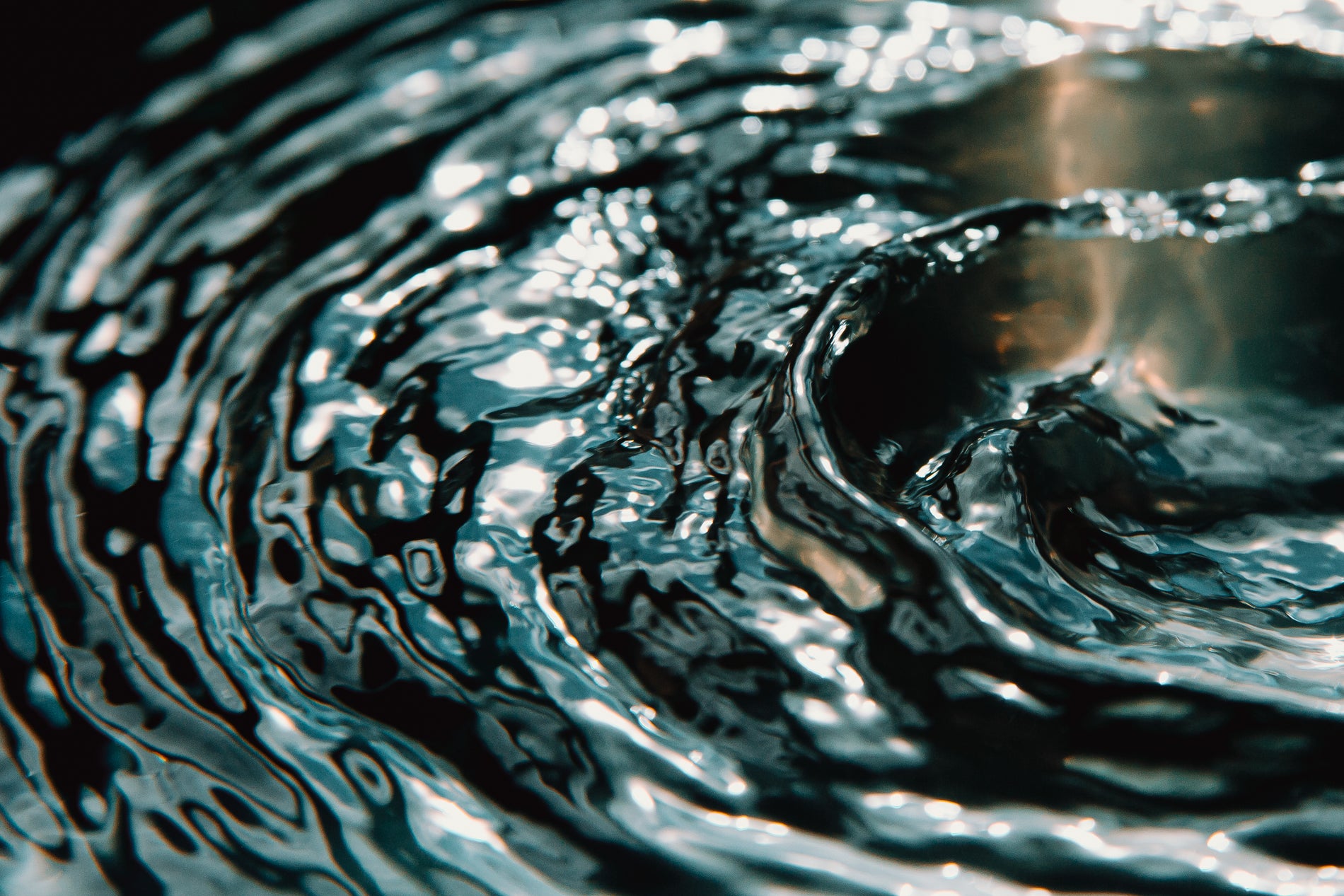
How do I know if a product contains PFAS?
To determine if a product contains PFAS, check the ingredients list for terms like PTFE, polytef, or any phrases containing “perfluoro-” and “polyfluoro-”. Additionally, look for certifications or manufacturer claims on labels stating the product is "PFAS-free" or does not contain specific PFAS chemicals.
How to avoid consuming PFAS
To minimize PFAS intake through diet, it's important to be aware of potential sources of contamination. Besides avoiding fish and shellfish from contaminated lakes, particularly in Sweden where crayfish are known to have high PFAS levels, you should also consider the following: - Limit consumption of processed foods, as packaging materials may contain PFAS. - Reduce intake of conventionally grown produce, which might be exposed to PFAS-contaminated soil or water. - Check for advisories on local and imported seafood since water bodies worldwide can be contaminated with PFAS. - Be cautious with meat and dairy products, as animals can accumulate PFAS from their environment and feed.
- Non-stick coated kitchen products (frying pans, oven dishes, pots and pans) where the manufacturer does not clearly indicate that they are made without the PFAS acronym (PFOS or PFOA is not sufficient). - Cosmetics and skin care products containing PFAS. - Most water repellents. - Water and weather resistant garments and functional clothing containing PFAS. - Many types of ski wax. - Cardboard take-away containers where you can see how the oil "beads up". - Be careful with fire extinguishing foam.
In the short term - nothing. Long-term and repeated intake of PFAS can lead to a variety of health problems due to their persistence and bioaccumulation in the human body. Some of the documented effects include - Elevated cholesterol levels. - Changes in liver enzymes and liver function. - reduced vaccine response in children, suggesting effects on the immune system - developmental effects such as low birth weight and reduced foetal growth - Potentially increased risk of kidney and testicular cancer based on animal studies and some epidemiological data. - Hormonal disorders and potential reproductive problems.
